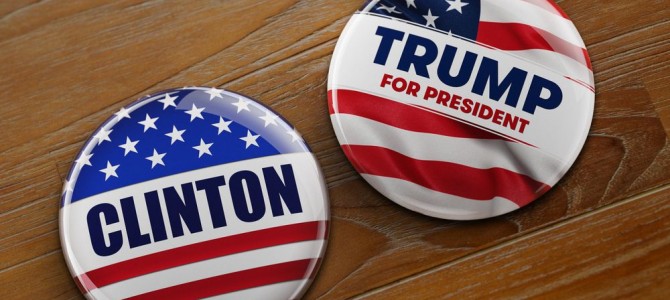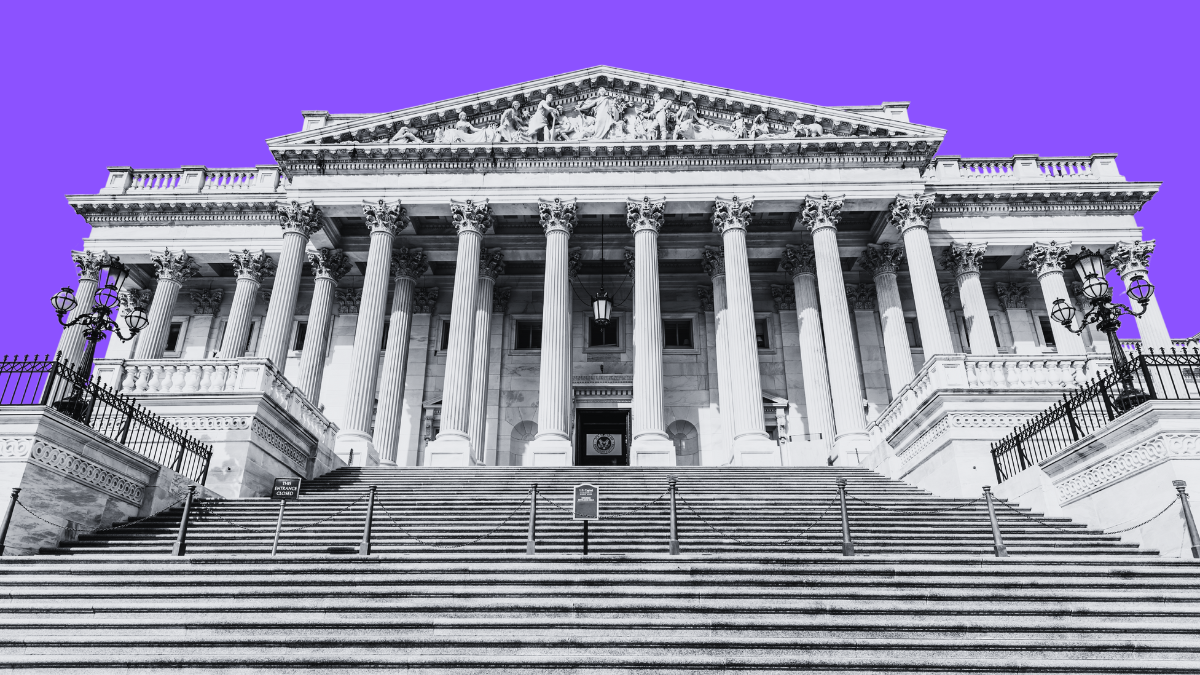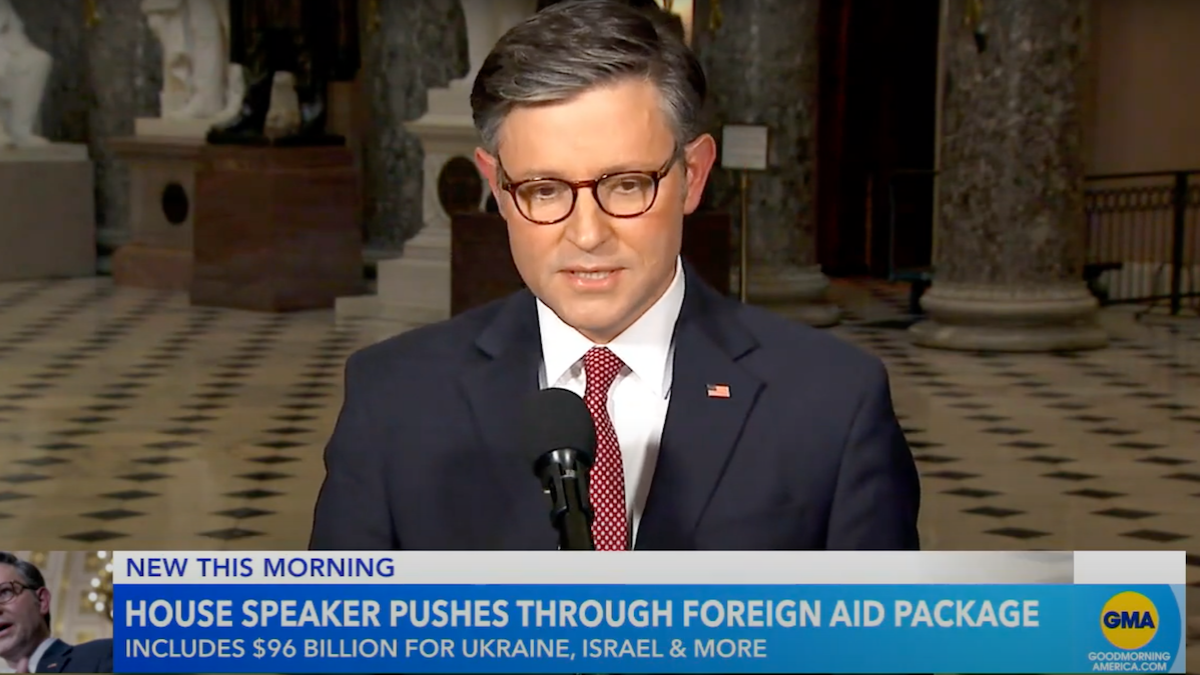
Donald Trump and Sen. Bernie Sanders’ emergence into the political scene has potentially irreversibly altered the political landscape as we know it. Both candidates represent a form of their respective party’s ideological populism taken to its logical extreme.
On the right, Trump has galvanized a faction of the Republican Party that is more interested in protectionist trade and immigration policies than in party orthodoxy on free markets and low taxes. On the left, Sanders has satiated the Democratic Party base’s yearning for an unabashed economic socialism to confiscate wealth from the rich to redistribute to the middle and lower classes.
The success of both candidates has exposed deep ideological rifts in their respective party’s governing coalition that has the potential to undo a generation-old political order. The previous political dividing line of liberals versus conservatives is no longer sufficient to describe the fault line in contemporary politics; instead, the major difference fracturing both parties is one of populism versus neoliberalism.
Destroying Reagan’s Three-Legged Stool
The last major political realignment occurred with Ronald Reagan’s ascendance to the presidency in 1980. Reagan built a Republican coalition built on the three-legged stool of conservatism: fiscal conservatism, social conservatism, and neoconservatism. In this political realignment, Reagan seized disaffected working-class voters and foreign policy hawks from Democrats to form, respectively, the social conservative and neoconservative legs of the three-legged stool. This conservative coalition has been the foundation of the Republican Party ever since.
The emergence of Trump as the frontrunner in the Republican presidential primary, however, is an existential threat to the Reagan coalition. Trump has dismantled the GOP’s reverence for free markets and global trade with his support for single-payer health care and the Obamacare individual mandate, and his proposals for increased taxes on hedge fund managers.
On foreign policy, Trump has bashed the neoconservative assumptions underlying the GOP’s interventionist instincts in favor of an inward-focused foreign policy. Trump has hardly mentioned social issues, and his lifestyle choices as an urban New Yorker have shown little to no interest in the social conservative culture wars of abortion and gay marriage politics.
Sanders’ policies closely resemble Trump’s. Neither expresses much interest in litigating old culture wars and both prefer a noninterventionist foreign policy. More importantly, however, on economic issues Sanders merely expounds upon Trump’s government-controlled economy by calling for even higher tax rates and expanded government benefits to the lower class.
Similarities Between Trump and Sanders
The policy similarities between Trump and Sanders reveal that their bases of support have more ideological commonality with each other than with their respective parties’ establishment candidates, Hillary Clinton and Sen. Marco Rubio, consequently revealing the new populist versus neoliberal fault line in American politics.
In this realignment, the populists represent what Walter Russell Mead describes as a Jacksonian American political tradition. Jacksonians believe American foreign policy should pursue strictly national interests and that government should actively use its powers to check corporate influence. Populists not only embrace the contemporary welfare state but seek to expand it. These are the voters who support expanded Medicare and Social Security, pro-union labor policies, and higher taxes on the wealthy, and adamantly oppose free-trade agreements.
The populists are motivated by nationalist appeals to restrict immigrant labor from competing with American workers and reverse decades of free-trade agreements that have forced America’s manufacturing industry to improve to compete. Internally, populists test the limits, if any, of expansive government powers. As heirs to the old Irish-Scot constituency, the populists would have strongholds in Appalachia and other rural areas of country.
On the contrary, neoliberals would comprise Mead’s Jeffersonian American political tradition. Jeffersonians believe the United States should actively participate in international relations and pursue a more business-friendly domestic economic policy. Neoliberals represent the business elites who favor global trade agreements, interventionist foreign policy to protect American interests abroad, and pro-business economic policies. Neoliberals support subsidies to business, liberal immigration policies, industry deregulation, and a lighter tax burden. The neoliberal’s base of support would exist primarily in the coast and urban centers.
Along with Trump and Sanders, current politicians from both parties who would identify with the populists include Democratic senators Elizabeth Warren and Joe Manchin and, for Republicans, Rep. Steve King and former Sen. Rick Santorum. Neoliberal contemporaries, along with Clinton and Rubio, would include Democrats Sen. Ron Wyden and Gov. Andrew Cuomo and Republican Speaker of the House Paul Ryan and Gov. Jon Huntsman.
These New Coalitions Also Contain Inconsistencies
Of course, this projection is not perfect; however, it is still arguably more representative of today’s ideological divide than the status quo. Even within this realignment, however, internal divisions and seeming ideological inconsistencies will persist.
For example, populists would express a streak of libertarianism in favoring stronger Second Amendment protections, whereas the neoliberals would be amenable towards more strict gun control laws. On counterterrorism and surveillance, however, civil libertarians would side with the neoliberals, who are skeptical of government force, whereas the populists support unrestrained government powers to counter terrorism.
Furthermore, although conservative populists would now have a party to unabashedly advocate their economic interests, free market libertarians would again be without a natural political party, eschewing both the neoliberals’ corporatist inclinations and the populists’ fervor for an expansive welfare state. Evangelicals as a monolithic voting block will probably be excluded from both parties, but judging by their embrace of Trump, it can be surmised that evangelical voters are no longer animated about the morality issues that defined them in the Reagan coalition.
As the insurgencies of Trump and Sanders have shown, the current political parties do not adequately represent the ideological composition of their constituents. The current left-right political coalitions no longer apply, and soon enough voters will sort themselves into more mutually beneficial ideological alliances.
Shifting coalitions has long been a part of the American two-party tradition. It was only a matter of time before the liberal-conservative axis went the way of the Federalists, Whigs, radicals, Know-Nothings, silverites, and New Dealers. In this emerging political realignment, neoliberals will unify to defend the neoliberal world order that has served them so well for the past 30 years. In contrast, the populists who have been borne the economic burdens of globalism will seek to regain the economic benefits lost to the status quo.









